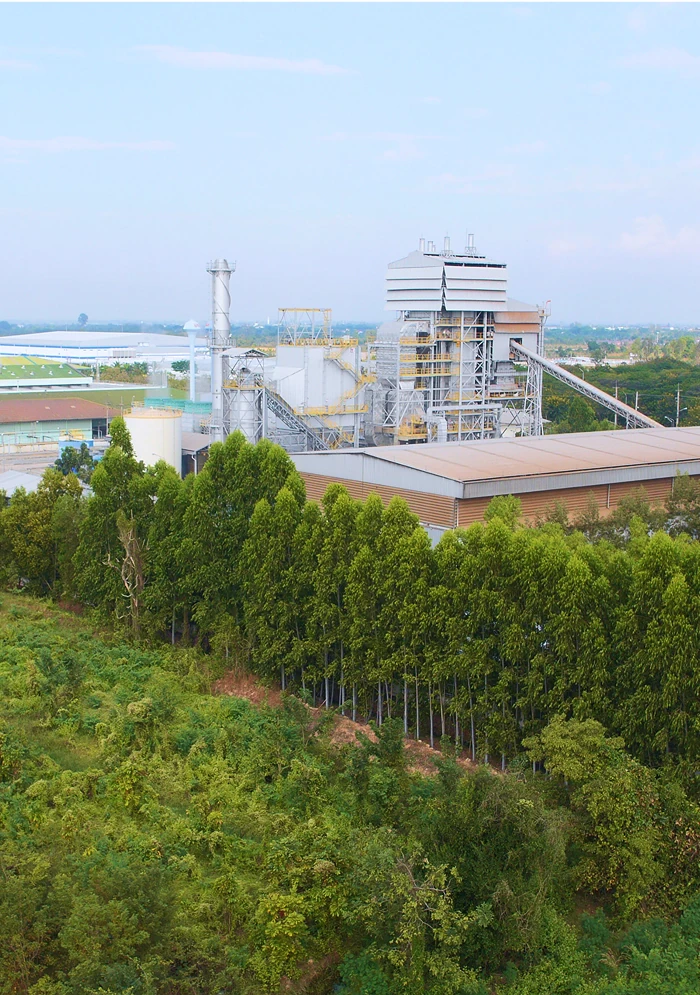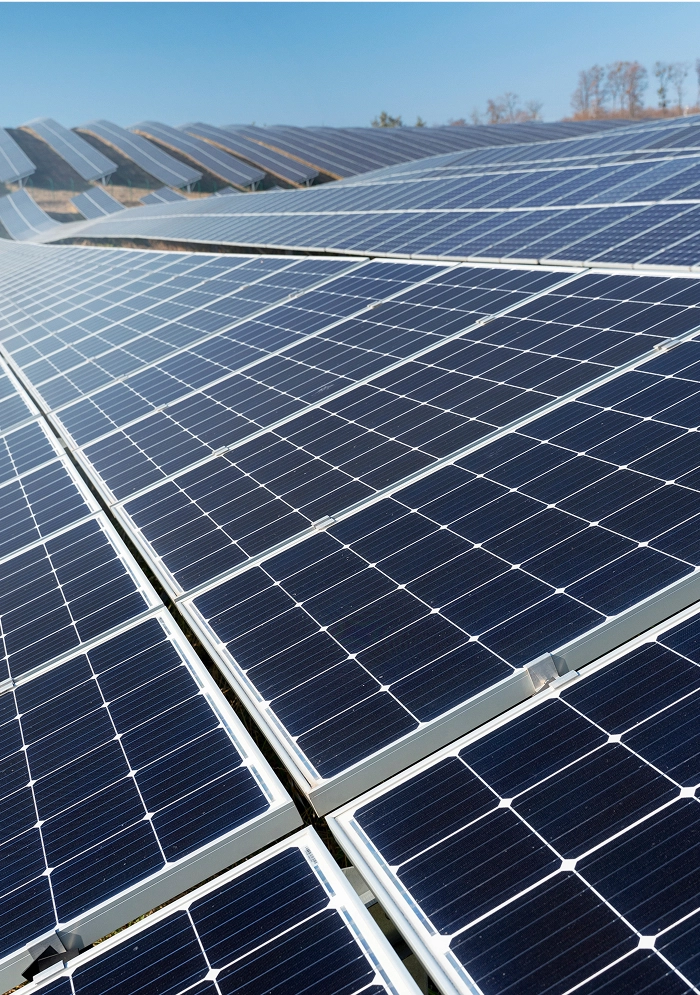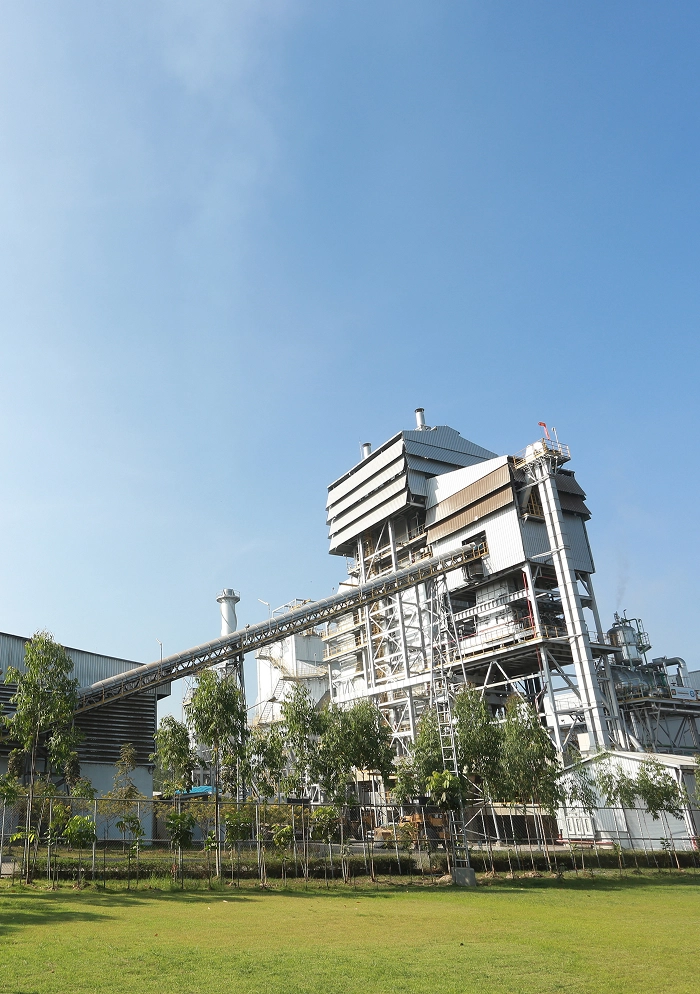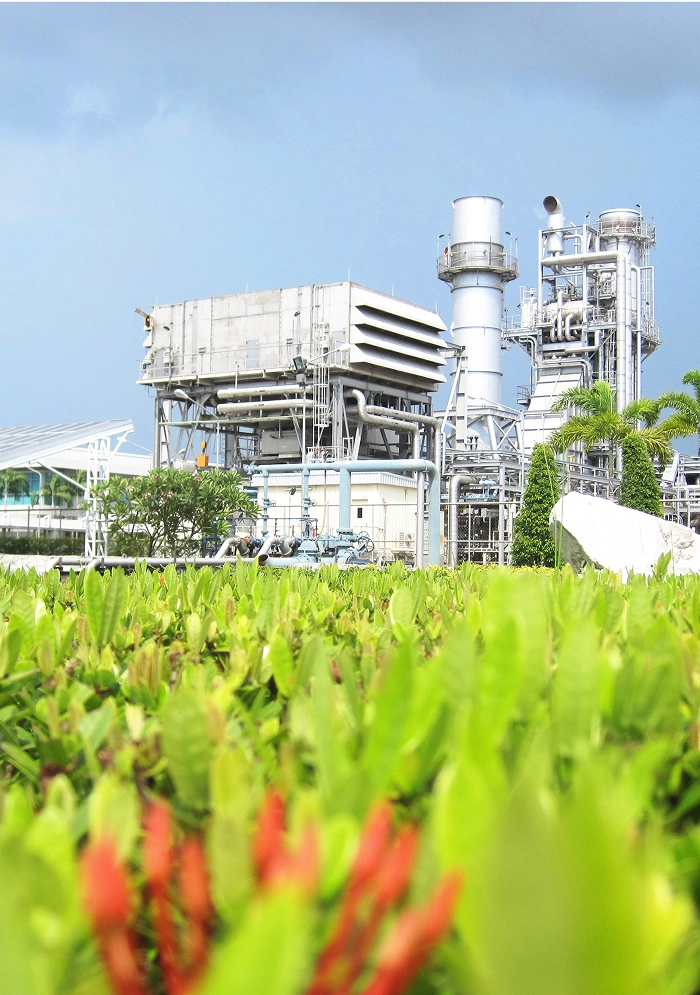Waste Management

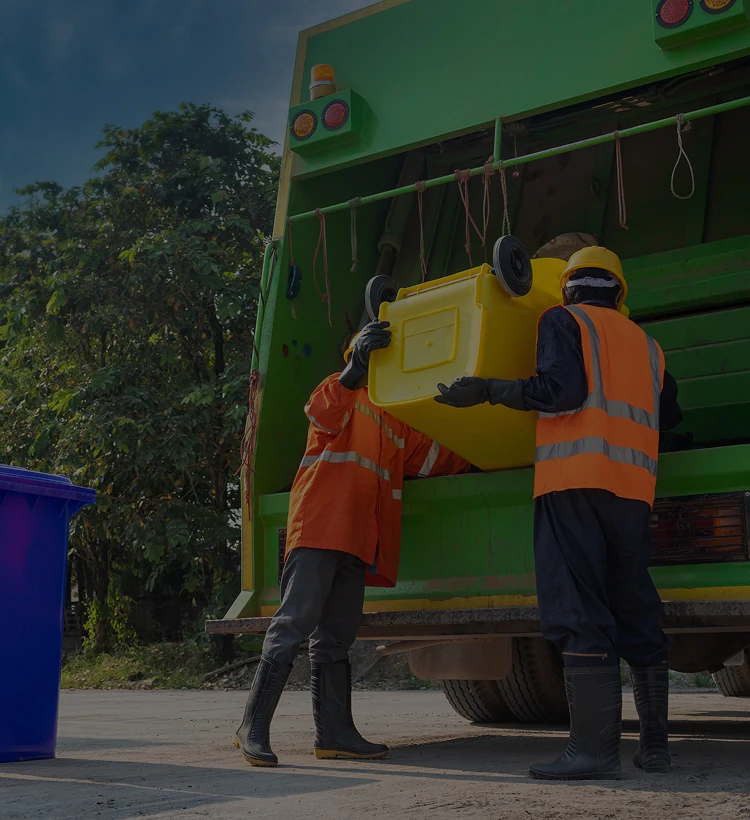
Supporting the SDGs Goals
Goal 3:
Goal 6:
Goal 11:
Goal 12:
Goal and Performance Highlights
Ratch Pathana Energy Power Plant
Goal
Performance
Goal
Performance
Sahacogen Green Power Plant
Goal
Performance
Goal
Performance
Sahagreen Forest Power Plant
Goal
Performance
Goal
Performance
Challenges and Opportunities
Waste management in the energy industry presents a critical challenge that must account for environmental impacts, regulatory compliance, and sustainable practices. One of the key challenges lies in reducing the volume of waste that must be disposed of via landfilling or incineration—methods that not only pose environmental risks but also contribute to increased operational costs. In addition, developing technologies to efficiently reuse or recover waste materials often requires significant capital investment.
Despite these challenges, there are considerable opportunities that can enhance the Company’s business advantage. These include the adoption of advanced recycling technologies to convert waste into raw materials for other industries, the reuse of biomass ash from biomass power plants in agriculture and brick manufacturing, and the expansion of partnerships with external organizations to promote circular economy initiatives.
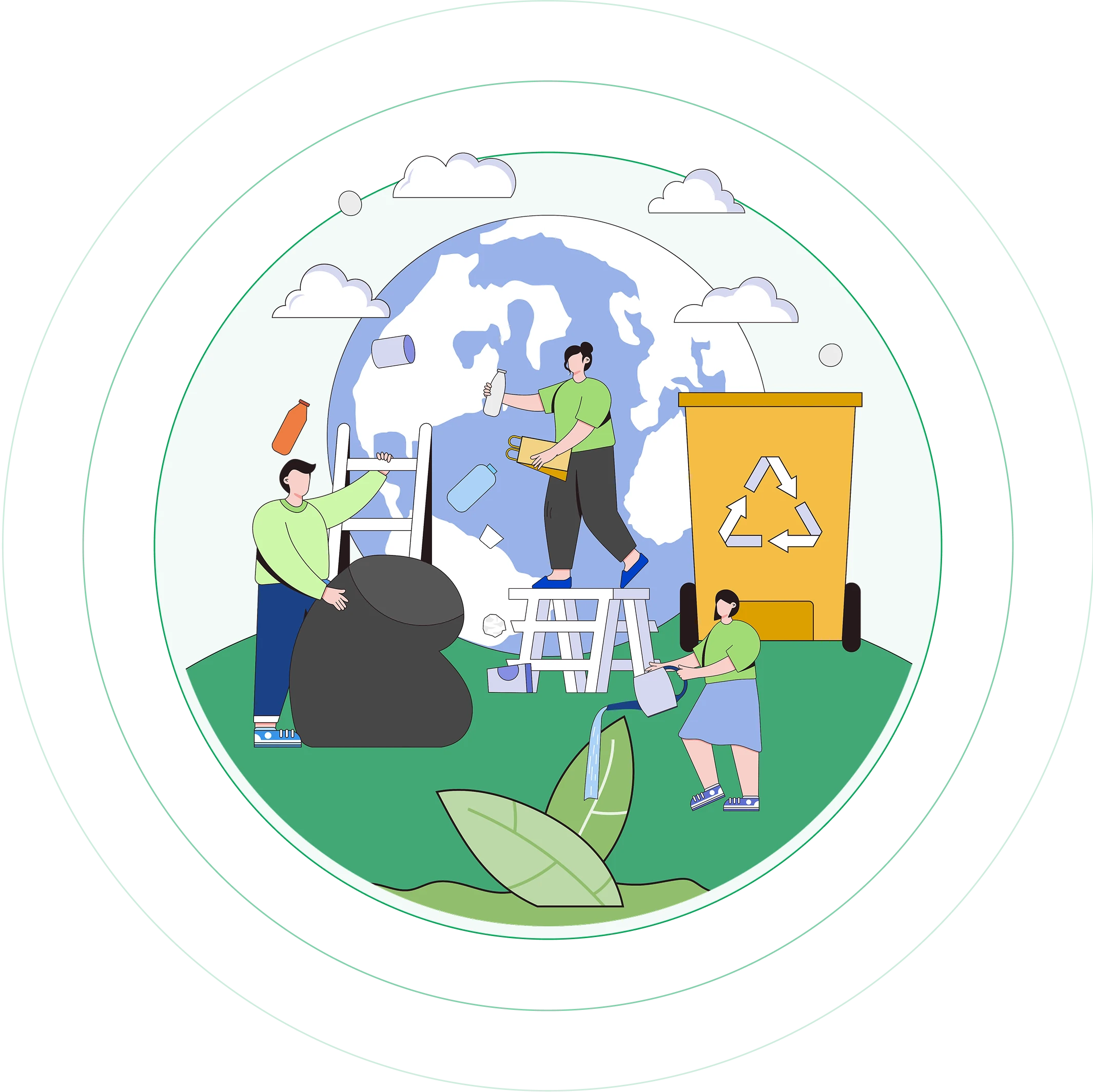
Management Approach and Value Creation
The company manages waste by categorizing it into two main types: hazardous and non-hazardous waste. Hazardous waste, such as used oil and chemical containers, is strictly handled and disposed of in compliance with legal standards by authorized service providers. Meanwhile, non-hazardous waste—such as paper, plastic, and scrap materials—is sorted for reuse and recycling through internal programs like the Waste Bank and in-house recycling initiatives.
To foster environmental consciousness, the company encourages employee participation in waste segregation and promotes sustainable practices through various initiatives. These include the use of reusable containers and packaging, the implementation of a paperless system, and partnerships with external organizations for industrial waste recycling. These efforts not only help reduce operating costs but also enhance the company's image as a responsible and environmentally conscious business operator.
Waste Generation Volumes from Business Operations
| Item | 2022 | 2023 | 2024 |
|---|---|---|---|
| Ratch Pathana Energy Public Company | |||
| Non-hazardous waste (tons) | 168.72 | 115.50 | 90.07 |
| Hazardous waste (tons) | 28.74 | 23.10 | 18.15 |
| Waste reused (tons) | 0 | 4.39 | 2.35 |
| Other recovery operations (tons) | 11.9 | 11.31 | 7.06 |
| Non-recyclable waste (tons) | 185.56 | 122.9 | 98.86 |
| Sahacogen Green Company | |||
| Non-hazardous waste (biomass ash) (tons) | 12,521.71 | 12,215.90 | 12,526.64 |
| Hazardous waste (tons) | 5.22 | 8.90 | 4.7 |
| Sahagreen Forest Company | |||
| Non-hazardous waste (biomass ash) (tons) | 6,367.89 | 4,956.00 | 2,653.06 |
| Hazardous waste (tons) | 2.52 | 1.57 | 2.25 |
Waste Management Promotion Activities within the Organization
Last year, the company implemented the 3R principles (Reduce, Reuse, Recycle) to manage waste and promote environmental responsibility within the organization. The following approaches were adopted:
1. Reduce (Reducing Consumption)
- Reduced paper usage by supporting electronic documentation systems (Paperless Office).
- Reduced the use of single-use packaging, such as plastic cups and utensils.
- Encouraged the use of environmentally friendly materials within the office.
2. Reuse (Reusing Materials)
- Provided communal containers for reusable items, such as water glasses and lunchboxes.
- Encouraged employees to reuse office supplies, such as file folders and document envelopes.
- Set up donation points for reusable items, such as clothes, books, and office equipment, to be given to those in need.
In the past year, the company launched a donation project to collect unused items from employees, such as clothes, books, toys, and other good-condition goods, which were sent to the Ban Nok Khamin Foundation and organizations supporting disadvantaged individuals. This initiative helped reduce waste and maximize the value of resources. Additionally, the company collaborated with partners to donate recyclable waste, such as old bras to Wacoal Ltd. Lamphun, and soda can pull tabs for prosthetic leg production. This project is ongoing every year to promote efficient and sustainable resource use.
3. Recycle (Recycling)
- Segregated waste by type, such as paper, plastic, and organic waste, for proper recycling.
- Established e-waste collection points for discarded items like batteries and light bulbs.
- Coordinated with external agencies for the proper disposal of hazardous waste.
The implementation of the 3R principles has helped reduce waste within the organization, increase resource efficiency, and foster an environmentally friendly workplace culture.
